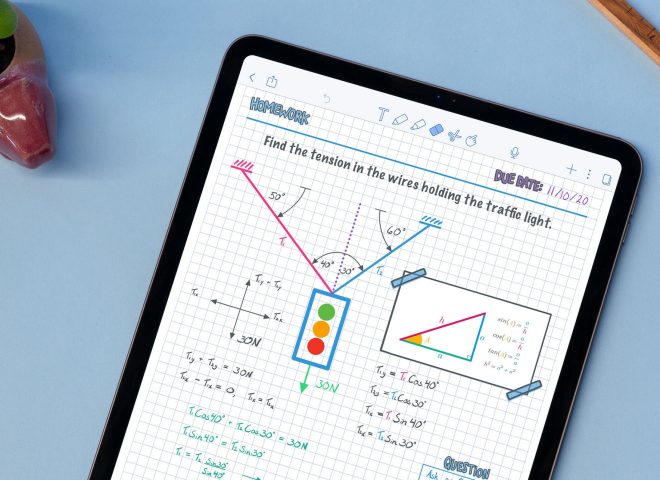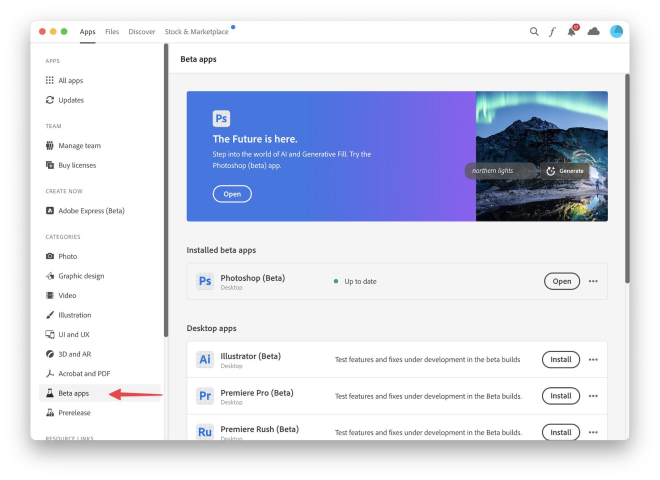Coping With Our New Reality
Up until recently, we were living in an age of endless self-promotion and buzzy phrases like “side hustle”. Everyone was trying to make it, showcase their talent, and ultimately get paid. If you’re a creative freelancer, you were likely also working on your career path. Then came a global pandemic and a newly reenergized civil rights movement. We are living through important, historic, and undeniably uncertain times.
I’m a freelance Illustrator who works nights and weekends creating custom artwork, taking on commercial design projects, and selling my wares at maker markets. I’ve done just about every type of gig you can imagine: custom tattoo designs, wedding invitations, event posters, and editorial illustrations. Now, over ten years in, I’ve learned quite a bit along the way, but nothing quite prepared me for 2020.
In an effort to share ideas, as well as coping mechanisms, here are some ways to survive (and maybe even thrive) as a creative freelancer right now.
Refresh Your Online Content
Your online presence is important. Focus on what you can handle. Do you currently have a social account on every platform but don’t have consistency with posting? Pick the one(s) you use most and have that be your emphasis. Do you have a hard time planning content to post and staying organized? Try using a social media scheduling Trello board; this template may come in handy as a good starting point.

Also, your website is only as good as it is updated. Refresh your portfolio and contact info. Make it as easy as possible for people to navigate, find examples of your work, and contact you.
Revisit Old Ideas
If you’re like me, you probably have at least one to-do list. Whether it’s on your phone, computer, or a notebook: now is a great time to revisit it. Review what you have on the list and identify ideas that you’ve been sitting on but haven’t explored due to being too busy.
As the economy continues down a shaky path, working on “just for fun” projects can seem scary or shortsighted. However, many of us have more free time than ever before. If you’re able, I say be experimental! Work on that project you’ve been putting off for way too long.
You may be feeling fatigued and detached and that’s completely normal. But if you find yourself wanting to use that amazing skill you have, then I compel you to tap into your old neglected ideas.
Bring Your Skill to The Cause
Lately, I’ve noticed something positive take shape on social media. Makers are using their skills to promote the causes they support. This takes on many different forms: BLM solidarity artwork, shareable and relatable graphics on mental health awareness, calls for using creativity to push for a better future for all, informative illustrations on current events, and visuals about public health safety (if you include tips, make sure to pull from legitimate sources like the CDC).
The best part about this movement is that your contribution is entirely up to you. If you feel passionate about a topic, bring your creativity to the cause.
Seek Community… From a Distance
You may have a lot of good ideas but bouncing those ideas off of others is vital. Like many creatives, I come across weird situations, random product ideas, potential work-related purchases I need to decide on, etc. It’s very difficult to make all of the decisions by yourself when you work alone.
Some of my creative network stems from going to art school but most of it is made up of illustrators I follow and admire on Instagram. Something that I run into often is struggling with how to price my artwork. My primary goal is to make my illustrations and merch accessible to all, but I also don’t want to sell myself short. Some of the most fruitful conversations I’ve had with my creative peers are about pricing and project estimates. If a client doesn’t share a budget and instead asks you to provide numbers based on the scope of the project, there’s a lot of pressure on you to “say the right thing” so you land the gig. Rather than jump in with an undervalued number, try reaching out to someone who may have more experience than you, to help evaluate your next move.
Just as we use the internet for almost everything, you can also find other creative freelancers through Facebook groups. Keep in mind you don’t have to find people exactly like you. In fact, it’s better to have a diverse group of people to check-in with. Find your people, ask questions, and share best practices. You’d be surprised by how many of your peers are willing to discuss various topics with you.
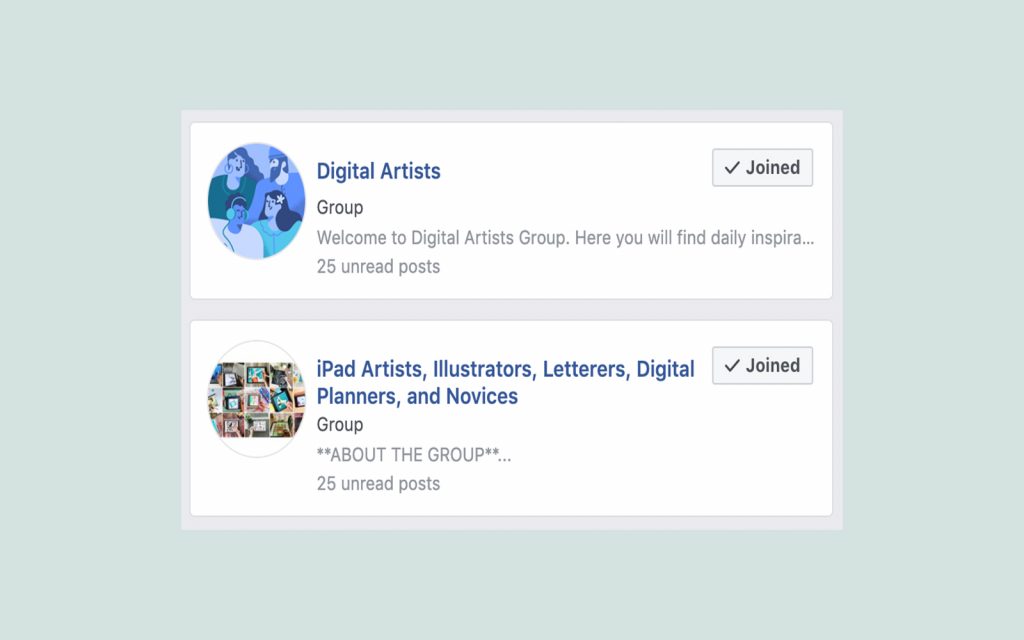
Practice Your Pitch
It’s easy to assume that exciting jobs are handed out to artists who are already successful. But something you don’t see is the part of the process where the artist has to pitch themself for work. Researching companies and publications to pitch yourself to is critical in getting more eyes on your work. Do you follow brands that utilize illustrations that you like? Is there a magazine you admire that values high-quality design work? Seek them out. Don’t expect them to find you in a sea of talented creatives. Not sure where to start with drafting your email? Use my handy email pitch template.
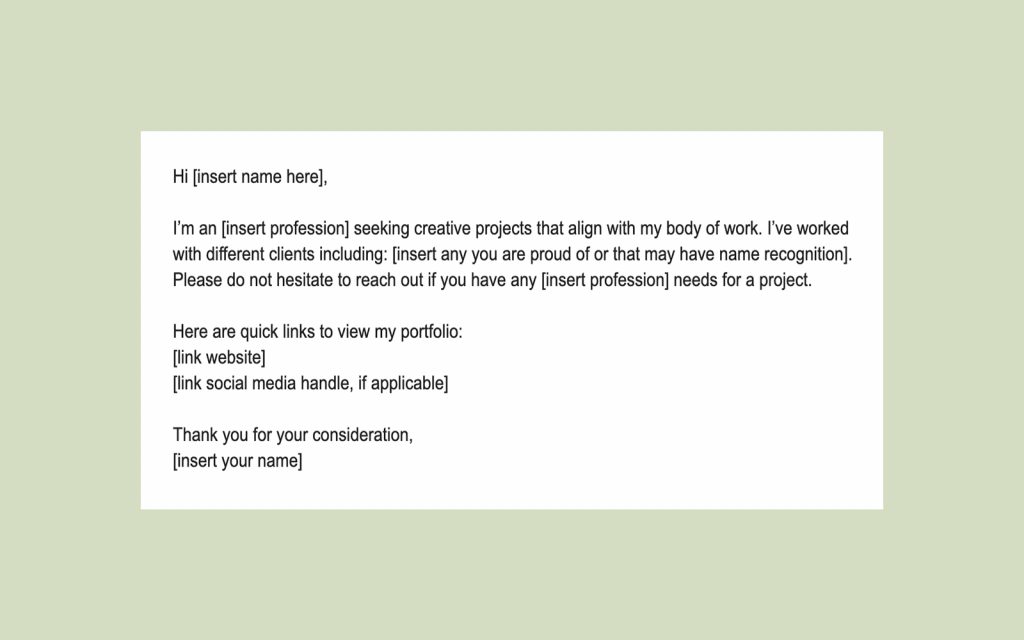
While doing research, if you find submission guidelines for a publication or organization, follow directions. Companies don’t just publish those for fun — they’re looking to keep their process uniform. Don’t ignore guidelines; use them.
Then build a simple spreadsheet to organize your contacts, and start reaching out. The key is to not be annoying. Keep your email simple, include links so they can view your work, and be gracious. You want to be top of mind, not a pest.

Accept Rejection
It’s exciting to fire off a bunch of emails to promising new clients. However, don’t expect to get a paid gig right off the bat. Or, even at all. Yes, sometimes you’ll just have to try and try again. Failing is part of the process. Learning to accept rejection as a normal occurrence can help you maintain the confidence and drive you’ll need to keep trying.
As rejection is difficult for just about everyone, now is a good time to practice a few positive affirmations for yourself. It may sound corny, but putting in the effort to stay positive and confident has its benefits. Here are a few that I remind myself of:
- You are the best person to advocate for yourself
- You won’t know unless you try
- You are worthy of landing great projects
While hearing “no” or even nothing in return (most common) isn’t fun, when you finally get a positive response, it’ll feel incredibly rewarding.
Say Yes (But Also Say No)
When you’re trying to live off of your creativity, it’s tempting to say yes to everything. There’s also a lot of advice out there that says “say yes” and good things will happen. While I agree with that sentiment to an extent, there will always be projects that aren’t worth your time.
A word of warning: people who don’t want to pay you will find you. Practice this question for when random people reach out: “What is your budget for this project?”. Also, be mindful of the person’s tone in the email. Are they demanding? Are they scatterbrained? Do they promise exposure in place of payment?
In these uncertain times, when lots of freelance work has dried up, you may feel compelled to say “yes” no matter what. I get that. Just make sure that you don’t sell yourself short. Watch for red flags and ask questions before you commit. If the email is super sketchy, I give you permission to simply not reply.
Track Expenses
Along with keeping tabs on clients, you’ll want to pay attention to the amount of money you spend on supplies and tools. When jobs or orders start rolling in and you’re seeing payments come through, don’t forget about the expenses you have that go into running a successful business. Keeping a close eye on what you spend your money on work-wise can help you make informed decisions about what you need vs. what’s draining your profits.
Personally, I just keep a simple spreadsheet to track income vs. expenses for each project I take on. To customize your own expense tracking sheet, check out this helpful free template. Many creative acquaintances of mine who need more formal tracking swear by QuickBooks software. It’s not cheap, so consider starting in a spreadsheet and then taking the plunge with the software once it’s necessary.
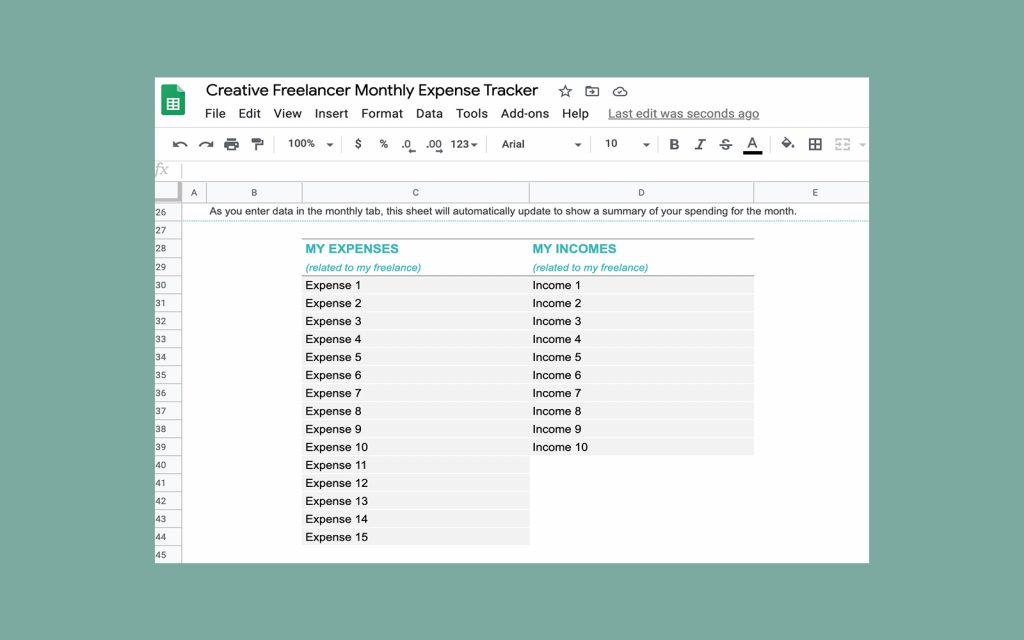
Hit Pause
I’ve thrown a lot of ideas and action items your way in this post. Before asking you to repeat everything listed (see paragraph below), I also want to encourage you to take a break. Some days you’ll feel productive. Others you won’t. This year has thrown many punches our way and on occasion this year, I’ve had to take a step back. I’ve taken a vacation from social media. Instead of promoting my artwork, I shared others. I even stopped drawing for a little bit. And, I’ve talked to my therapist.
It’s OK to feel overwhelmed, anxious, fearful, and unsettled. That’s human and that’s 2020. Rest produces a stronger, better you. If something inside of you is saying “I need a break” then I compel you to take a break. Prioritizing your mental health is always the right thing to do.
Repeat at Your Own Pace
Running your own business, no matter how big or small, is a lot of work. It never stops. You’ll have to become comfortable with continually working on all of the tasks above. I’d love to say that the steps in this blog are “set and forget,” but that wouldn’t be true.
The good news is that the more you consistently work on your business, the better your chances are of getting more work. And then, you won’t have to pitch yourself as much. Owning a side business isn’t easy, but if you love what you do, it’ll be worth all of your hard work.
Rachal Duggan is a freelance Illustrator and member of the Astropad Marketing team. View her portfolio or Instagram at @radillustrates. Illustration made with Astropad Studio.
What’s your best advice to others working as creative freelancers? Let us know on social media! Share your input on our Twitter, Instagram, or Facebook.
[thrive_leads id=’16549′]


